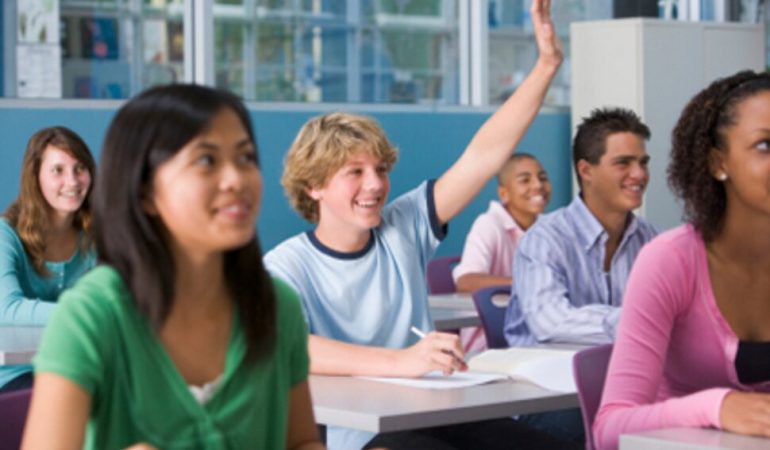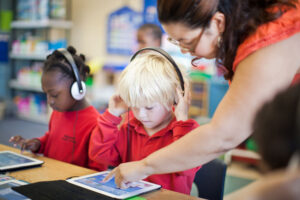
For Teachers: New Strategies For A Positive And Happy School
Course Description
“When you create a positive classroom atmosphere, students learn better. Every student must feel safe and important in the class in order for maximum learning to take place. A positive classroom environment does not just happen; the teacher creates it.” — Ministry of Education, Guyana, Venezuela.
Positive, productive learning environments are key to students’ academic, emotional and social success at school. Unfortunately, positive learning environments do not occur, they must be created. Creating a positive learning environment for students has a lot going for it. For new beginnings, positive learning environments should provide a safe environment where risk-taking is encouraged, open and authentic conversations are encouraged, trust and respect are encouraged, and positive interaction is the norm.
Happiness is subjective and the definition may change according to culture but common to schools is that they can support the well-being of individuals, families and communities. A happy school is a place where the principles of compassion, communication, and community-building are priorities.
Principles greater mindset changes and realization of people, process, and place measures.
The human criteria should focus on the well-being, working conditions, skills and interpersonal relationships of key actors in school communities.
Process criteria concern school experiences, comprising everything from classroom activities and assessments to school food, recess, sports, arts, and other extracurriculars.
Place criteria target the improvement of physical, virtual, and hybrid school spaces, including infrastructure, facilities, ICT integration, and spatial design, to make it a greener, safer, more inclusive and engaging place.
This course is a course where you can find answers to the questions of what the school and classroom environments should be like, what new strategies should be applied, so that the teachers and teachers are happy at all time periods of the school.
Learning Outcomes
- Learning which strategies will be applied in which time periods of the school
- Learning to avoid boredom with different types of games
- Learning what clear instructions to follow for social and happy learning in the classroom
- Learning to make the learning process enjoyable
- Learning what activities to do for motivation
- Learning to create an environment of trust for students and teachers at school and in the classroom
Programme of training activities day-by-day:
1st Day
- Meeting, presentations of schools
- What makes a school happy?
- Strategy 1: Make learning relevant
2nd Day
- Strategy 2: Develop a Code of Conduct: Games
- Strategy 3: Activities for Consistent and Trust Creation
3rd Day
- Strategy 4: Classroom Activities to Teach Affirmative Actions
- Strategy 5: Using the Positive Actions Curriculum
- Strategy 6: Activities for consistently positive classrooms
4th Day
- Strategy 7: Try new learning styles (Get out of your routine)
- Strategy 8: For a Happy Class: ( Trust Value, Success )
5th Day
- Students’ happy school expectations (What does scientific research say?)
- Course evaluation
- Certificates/ Cutting the course cake/ Closing
At the end of the course
- Certificates
- Course instructor and participant evaluation survey
- Course materials, videos, photos and pdf documents
Follow-up
Trainees will be given soft and hard copies of all lesson materials, which they can present to their colleagues at their own organizations to generate interest in the strategies learnt during the training course. In addition, a mailing list of participants will be created in order to exchange ideas/experiences. Self-evaluation materials will be provided. At the end of the course the participants will fill in a questionnaire in order to get a detailed feedback for the effectiveness of the training event.
Course Info
- Duration: 5 Days
- Location: Antalya-İstanbul
- Cost: €80-Day
- Certificate: Yes
- Prerequisites: No










